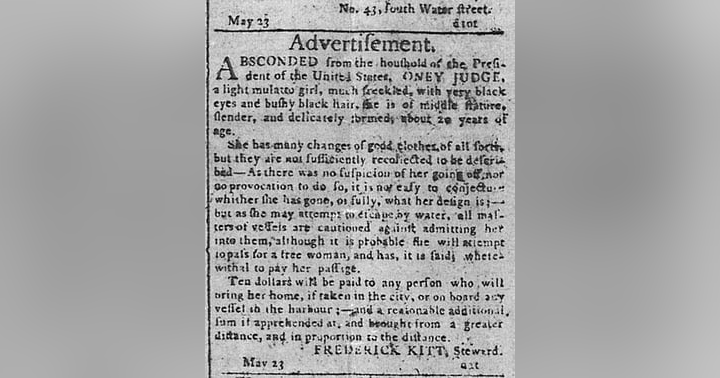The Farewell Address

Learn more about Washington's Farewell Address, Presidential Precedents, and legacy with these free resources from Mount Vernon. For a full bibliography, check out our Episode 8 show notes.
Media and Interactives
The Presidency
George Washington helped shape the office's future role and powers, as well as set both formal and informal precedents for future presidents. In the process, President Washington significantly influenced the path for the presidency moving forward, setting standards in all aspects, including political power, military practice, and economic policy.
The Farewell Address
Washington’s Farewell Address, published at the end of his second term, stands today as a timeless warning about the forces that threaten American democracy. Learn more from MountVernon.org
Washington’s Legacy
To commemorate the anniversary of the death of George Washington, Mount Vernon presented LEGACY, a special live program for 150 educators, which commemorated the life and legacy of George Washington, a man who led his country to independence and ensured the stability of a new nation. Watch the videos here.
Lesson Plans
The Farewell Address: Giving Advice and Leaving a Legacy
This lesson examines George Washington's advice in his Farewell Address in order to understand the context and rationale for it. Students are asked to create their own farewell address that offers advice to students in next year's class, specifically referencing a growth mindset.
The Apotheosis of Washington
The primary documents in this activity depict the apotheosis of Washington through visual and text-based primary sources. Students analyze and compare different types of primary sources to understand the ways in which Washington was characterized after his death. Reflective practice on a historical figure’s legacy provides context and periodization for historical practice.
George Washington, Public Space, and National Identity
Washington has been a symbol of the United States since the moment of its founding. Students explore the value of civic conversations about historic symbols in monuments of George Washington in our world today. Through the analysis of primary sources and a creative civics activity, this learning resource empowers students to see themselves as citizens whose voices matter and who have agency to participate in civic conversations.
George Washington, the Farewell Address, and National Unity
Are you looking for a way to incorporate civics into your high school classroom? This learning resource connects the concept of informed civic agency to George Washington’s significance as a visionary for the nation’s future. Through primary source analysis and a creative civics activity, this resource empowers students to see themselves as citizens with responsibilities to engage in civic participation and who have agency to research and collaboratively participate in civic disagreement.
Washington Leaving Office
This activity puts Elizabeth Willing Powel's 1792 letter to George Washington asking him to serve a second term as President in conversation with Washington's 1796 Farewell Address. Students will analyze those two documents, find the main arguments in each, and then juxtapose them to the counterarguments of the other. Finally, students will evaluate what makes a good argument and learn how to create a debate.
Primary Sources
Washington’s Farewell Address
George Washington wrote this letter to "The People of the United States of America," which was published near the end of his second term as President. It was originally printed in David Claypole's American Daily Advertiser on September 19, 1796, under the title "The Address of General Washington To The People of The United States on his declining of the Presidency of the United States." The letter was almost immediately reprinted in newspapers across the country.
George Washington’s Last Will and Testament











